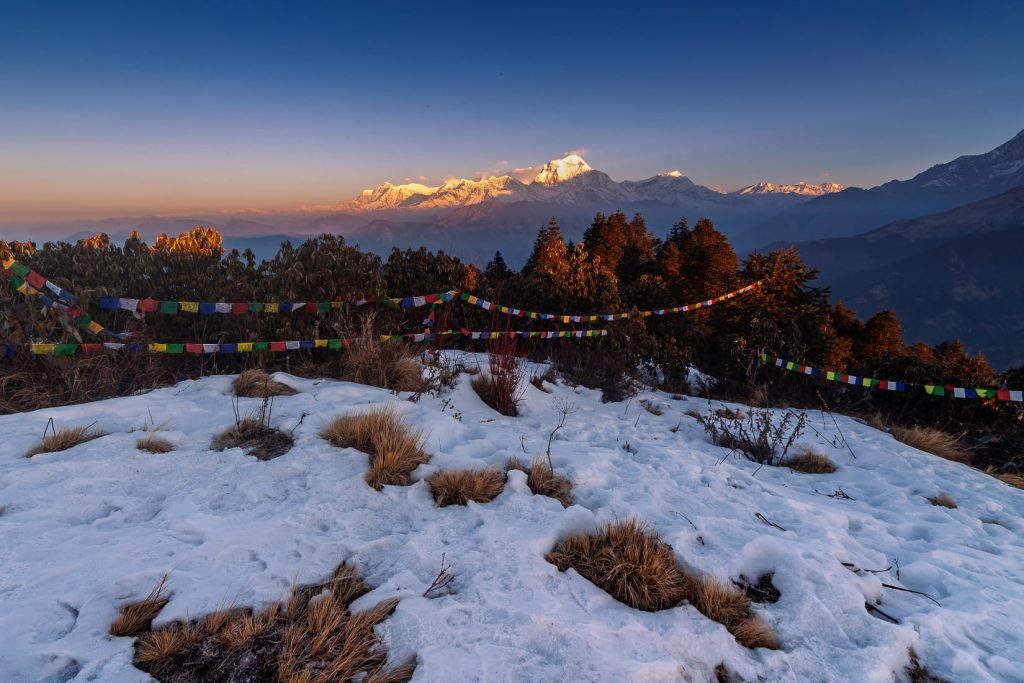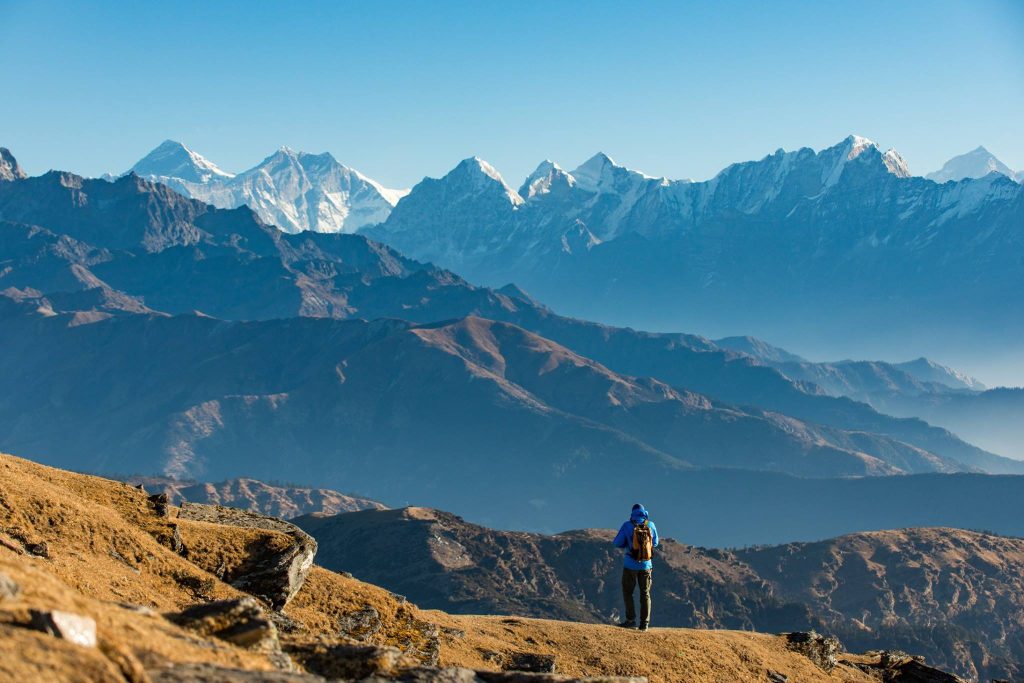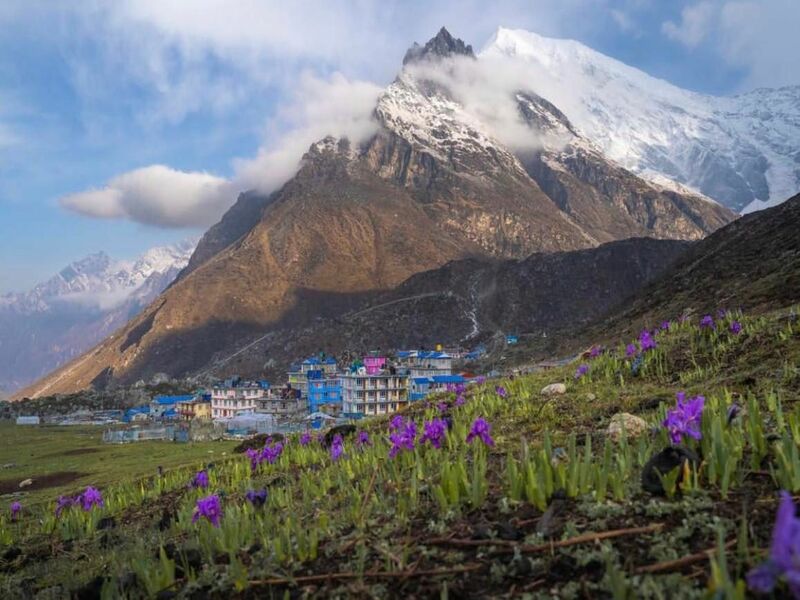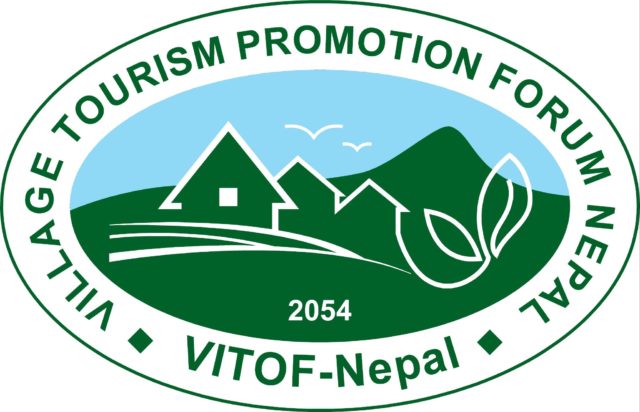Trekking in Nepal in the Winter Season. Do you think it’s worth the challenge?
29 Dec 2020 Adventure Mountain Treks

Mountains Graced by Clouds
Winter is the off-season month of the year for trekking in Nepal. In this season, most of the trekking routes are closes due to heavy snowfall and weather concerns. However, you can still do trekking in Nepal during the winter season. But you must prepare properly to do Trekking Nepal in winter.
The trekking areas which are less affected in the winter season, mainly in lower altitudes are still available for trekking. You can also do higher altitude trekking if the weather condition is suitable at that period and if you are prepared well.
The climate within the higher altitude of the mountain region is very cold in the winter season. The days are warm and sunny but you will experience a cold windy night. In general, the sky is clear in the winter season. Perfect time to have great views of the mountains.
As it is an off-season for trekking in winter, the trekking routes will be peaceful. You will be able to trek peacefully if you don’t like a densely populated environment. The teahouses in the trekking trails will have plenty of available rooms. You will have the option to choose any room you want. Also, you will be experiencing proper customer service and hospitality as there will be fewer customers to focus on them.











